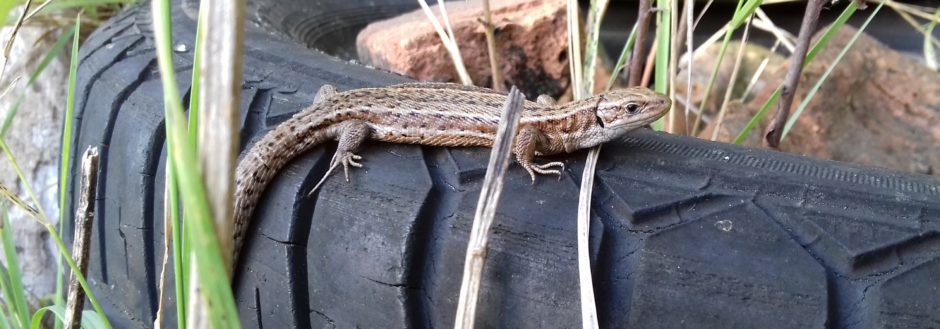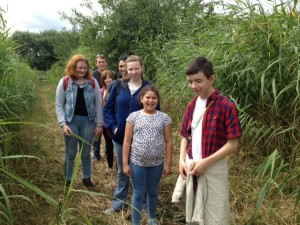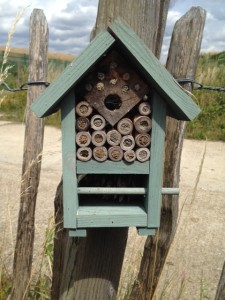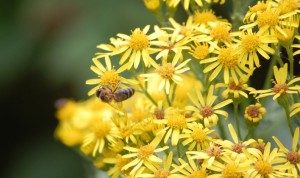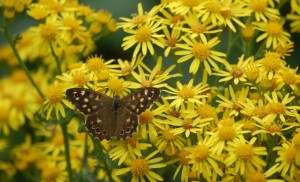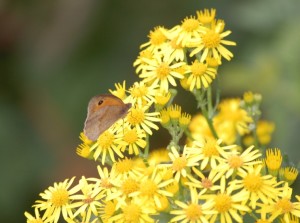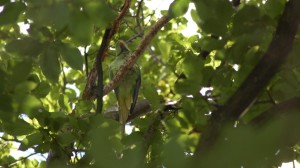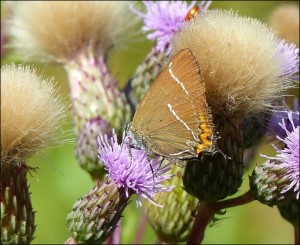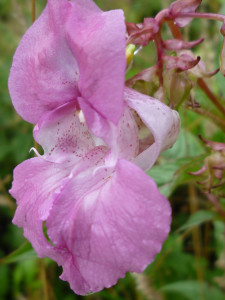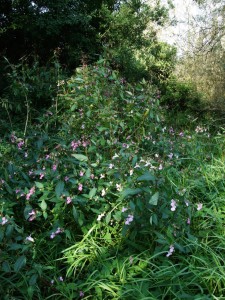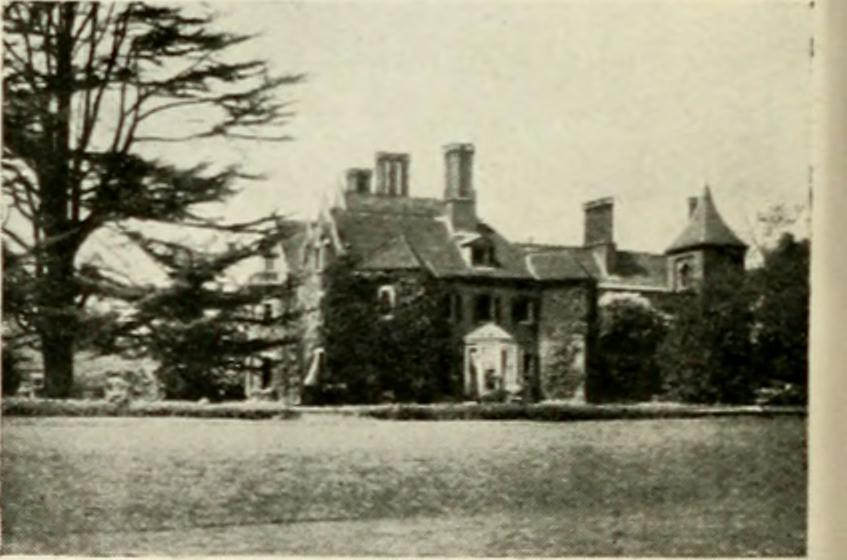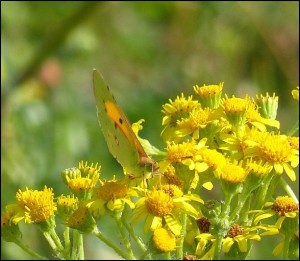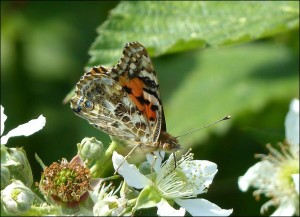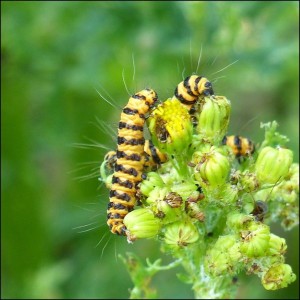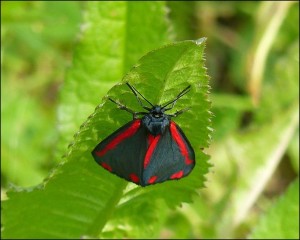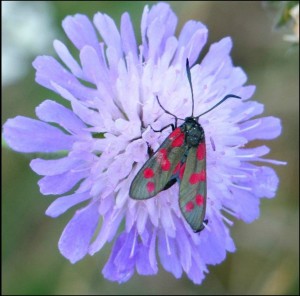The date of the first Marbled White butterfly (Melanargia galathea) record we know of in Bexley has just been pushed back five years, following this week’s discovery that one was seen by John Archer on 7th July 2010, on the Thames path by the Crossness beam engines site.
News of this earlier record has emerged after a chance conversation between John and Mike Robinson, who found what we then thought was the first Marbled White in Bexley, at Hollyhill Open Space back on June 24th 2015. Given the distinctiveness of the species and John’s excellent credentials as an experienced field naturalist and frequent Crossness birdwatcher, we are confident that this was a bona fide sighting.
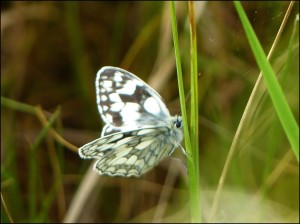
The Marbled White, found by Mike Robinson at Hollyhill open space in Erith on June 24th 2015, was previously thought to have been the first record for the Borough, at least in modern times. We now have a 7th July 2010 record from Crossness. (Photo: Mike Robinson)
Wildlife records from Crossness and environs are assiduously reported in the Friends group newsletter, but looking through the back numbers, it turns out that period April-June 2010 was never published, which doesn’t quite explain why the Marbled White didn’t appear in the table for July-September 2010, but one way or another it seems to have been overlooked, even though John says it was entered in the on-site logbook. What we can say fairly confidently is that the species has not been recorded at Crossness since. If it is to establish at Hollyhill, we will have to hope the insect seen was an already pregnant female ……..
Now, is there anyone out there with a verifiable record from earlier still????
[Thanks to Mike Robinson and John Archer, currently Biodiversity Officer at Tower Hamlets Council, who have provided the information for this posting].
